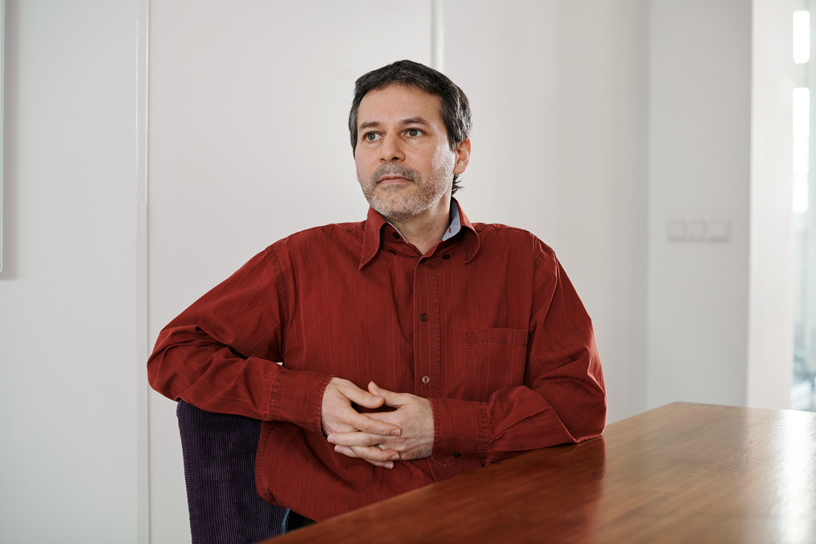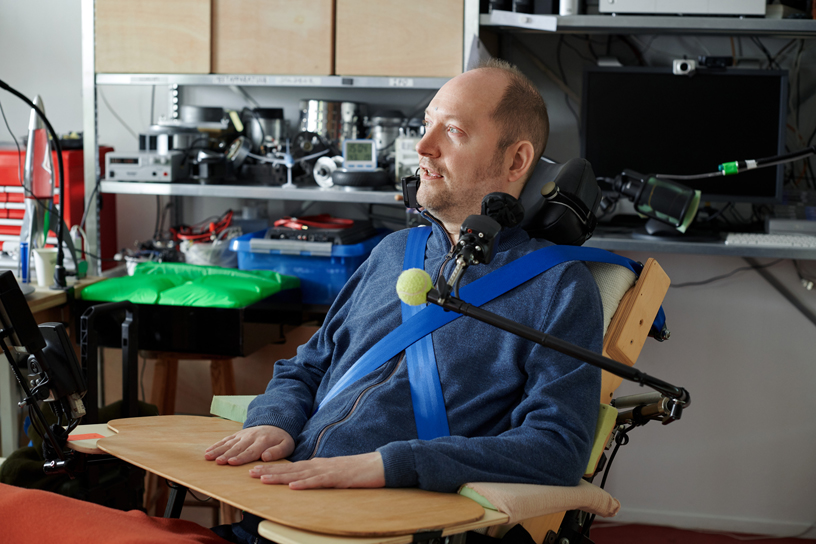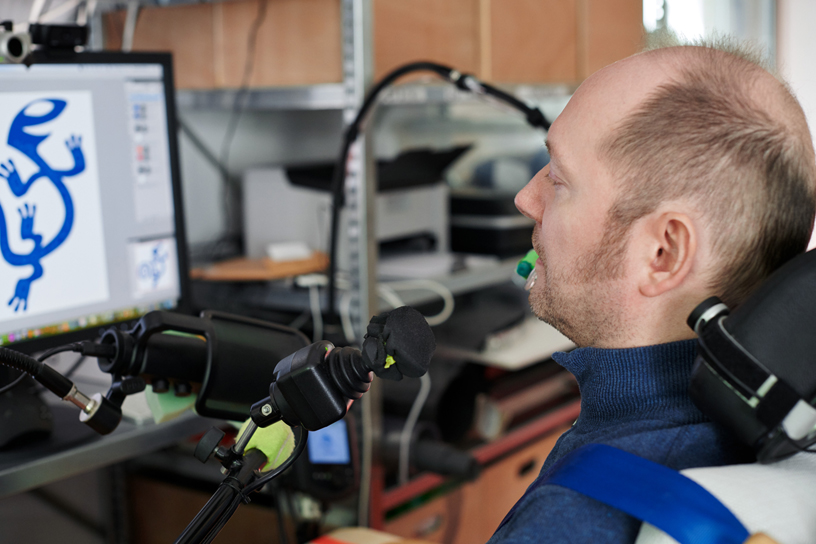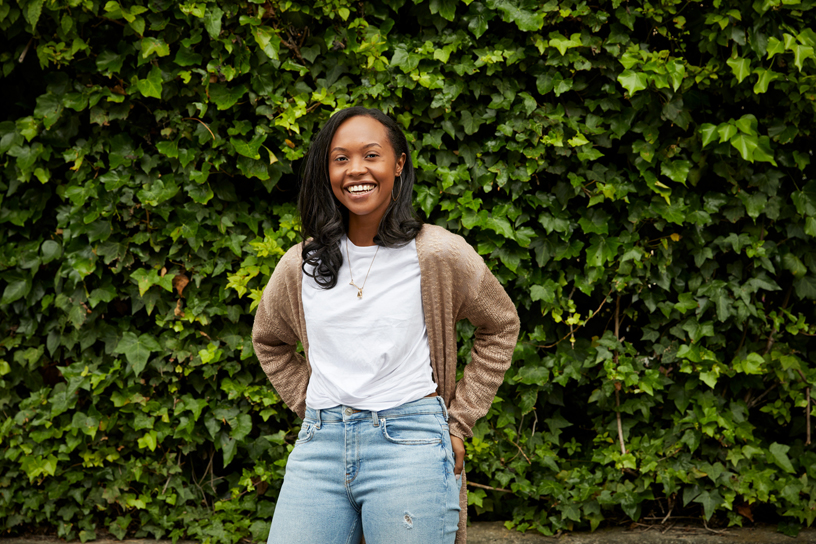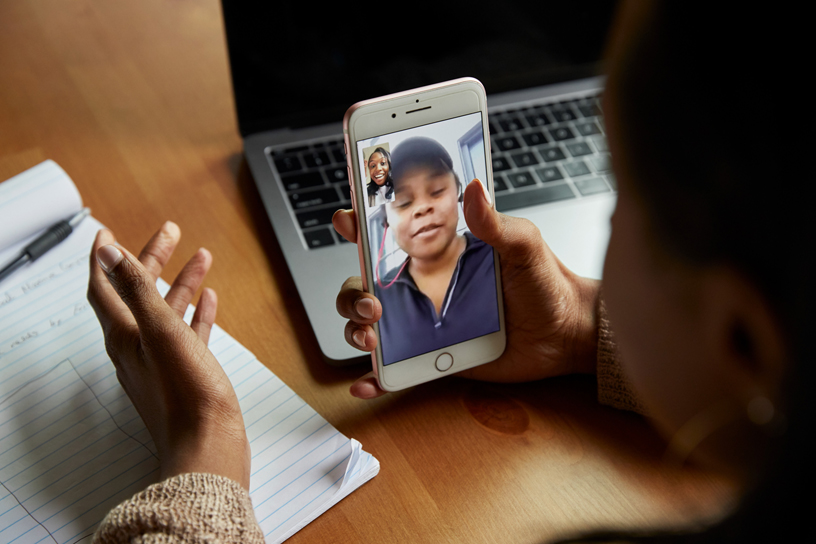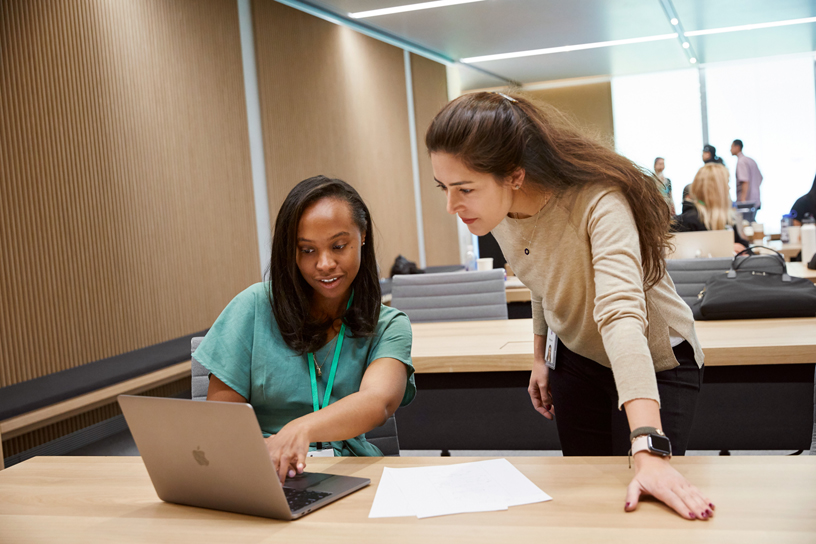Destaque
30 maio 2019
Thousands of stories, one WWDC
On June 3, more than 5,000 people from 86 countries will come together in San Jose for Apple’s 2019 Worldwide Developers Conference (WWDC). Among them will be Erika Hairston, a first-time attendee, and David Niemeijer, who will be marking his 17th consecutive visit.
Hairston, a 23-year-old Yale grad working in San Francisco, just launched her first app, Zimela, to promote diversity in tech. Niemeijer, a 50-year-old father of two in Amsterdam, is CEO of AssistiveWare, a company he founded 20 years ago that designs communication aids for people with disabilities.
Though they are at two different points in their journeys, Hairston’s and Niemeijer’s paths have much in common.
Both were inspired by someone they love to imagine solutions, and then started working on making them real. Both began as companies of one, coding in their spare time wherever and whenever they could. And both are connecting and empowering communities, using technology to help people find their voice and each other.
Two days before Christmas, 1995, David Niemeijer’s close friend Giesbert Nijhuis was in a car accident that left him paralysed from the neck down. Nijhuis, who was 26 at the time, had been working as an illustrator and photographer, and after the accident lost hope that he could continue his career.
Niemeijer wanted to help his friend regain his independence and designed a virtual keyboard that could be controlled using a mouse alternative — like the one Nijhuis had been using since the accident, which he directed with head movements. Nijhuis provided substantial feedback on the user experience in those early years.
“David took it all in and he made it better and better,” says Nijhuis. “Pretty soon it was much better than the software that was out there.”
Niemeijer’s virtual keyboard, coded in his spare time out of his apartment, became the program KeyStrokes, and in a few years, he was able to quit his job in academia and work on it full-time. When he founded AssistiveWare, Nijhuis used KeyStrokes to design the company’s logo.
“There’s definitely a strong sense of community despite the fact that everyone comes from very different places and works in very different fields.”
In 2001, a KeyStrokes user wrote a letter to Steve Jobs. In it, he asked if Apple could help make Niemeijer’s virtual keyboard work in conjunction with the newly launched Mac OS X. That was the beginning of a nearly two-decade relationship with Apple and over that time, AssistiveWare grew from a company of one into the world’s leading provider of assistive technology apps for people with communication challenges.
“On a daily basis, we hear from people on how [our products] changed their lives,” says Niemeijer. “That’s both adults who use our software and are suddenly able to go out and have a chat with someone. And families with children who are discovering the thoughts of their child, discovering who their child really is. Those things are huge.”
Though much has changed since Niemeijer attended his first WWDC in 2003, he says there’s always been one constant — the feeling of connectedness.
“There’s definitely a strong sense of community despite the fact that everyone comes from very different places and works in very different fields.”
Erika Hairston counts herself as the youngest of five siblings — and that includes her foster sister Kimmy. When Kimmy applied and was accepted into a program that connects low income students to elite high schools, Erika says suddenly her world opened up too.
“She inspired and guided me to dream bigger for myself,” says Hairston. “Zimela was born out of the idea that everyone should a have a Kimmy — a mentor and role model who allows them to see what's possible out there. Everyone should also be able to find opportunities that help you get to where you want to go.”
Hairston designed Zimela to help underrepresented groups enter the tech pipeline by establishing mentorships and making users aware of career placement opportunities, like internships. She created the app in her final year at Yale and the name came from the movie “Black Panther” — Zimela is an interpretation of the Xhosa word for representation.
After Hairston graduated last year, she moved to San Francisco for a full-time job in Silicon Valley. In her spare time, she codes from her bedroom, her boyfriend’s house in Oakland, and wherever else she can steal a few minutes to prepare Zimela for its launch on the App Store.
She recently completed Apple Entrepreneur Camp and is about to attend her first WWDC, both of which she says are perfect examples of the type of opportunities she hopes others will find through Zimela. She’s looking forward to what WWDC will mean for her app, and her future.
“The fact that we’re launching on the App Store at the same time — I think it was meant to be,” she says. “At every [WWDC], I feel like the world gets bigger and the possibility of what people can accomplish grows.”
These are two of the tens of thousands of stories that make up 30 years of Apple’s Worldwide Developers Conference — a gathering of dreamers, bound together by a shared belief in the power of technology to positively change the world.
Images of Erika Hairston and David Niemeijer


